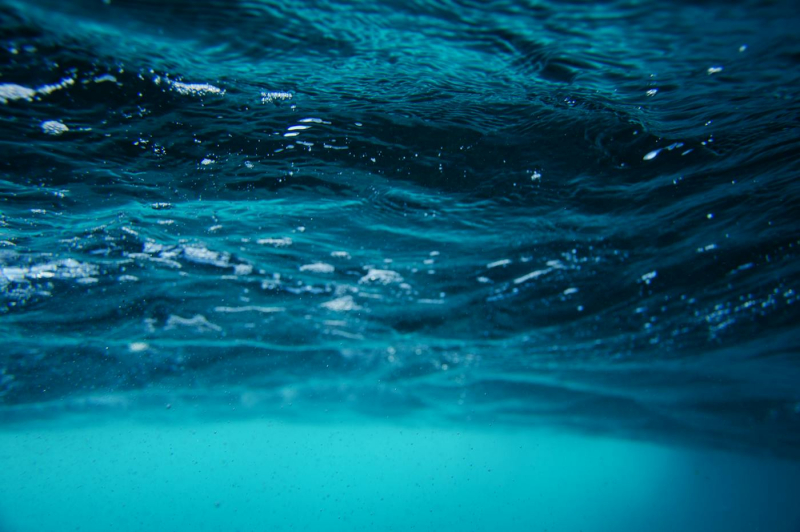
© Emiliano Arano/Pexels
We are very far from knowing all the animal species populating our oceans. Their depths still remain to this day largely unexplored. This is the mission of RAD2, a small robot (which we can see in this video) developed by a team of researchers from the University of Rhode Island, led by Brennan Phillips. It is specially designed to capture fragile marine animals and take samples of their tissues. It is also capable of scanning them to have a 3D representation; a machine that you would think came straight out of the game Subnautica. Thanks to it, the inventory of unknown ocean species will be able to accelerate.
Revolutionary technology for exploring the deep sea
RAD2 is a small dodecahedron robot, that is to say its structure has twelve faces; its internal volume is the equivalent of that of a basketball. Its big asset ? It can fold and unfold on command and can thus temporarily capture sea creatures for examination.
It can also very delicately take tissue samples from the organisms; samples which are thus preserved to bring them to the surface and analyze them. This technique, called tissue cleaving , allows a biopsy to be performed on the animal without injuring it and subsequently released. However, it is currently being improved and still requires some adjustments.
He has already proven himself during two expeditions where he was able to collect 14 samples per dayat depths of up to 1,200 meters, in the middle of the bathypelagic zone. At this depth, the pressure is approximately 120 bar, or 120 times the atmospheric pressure at the sea surface.
High quality data for a better understanding of organisms
In addition to being able to collect tissues from living species, RAD2 is equipped with a video camera filming in 4K. Equipment that allows it to bring back images of exceptional quality to researchers.
It is also capable of scanning animals using different 3D scanning devices. He can thus create virtual models of the creatures he encounters. In the future, its particular 12-sided shape will present another significant advantage: each of them can be equipped with a sensor. As a result, he will be able to collect all the data and take all the measurements of the creature in one go.
According to Brenan Philips, the arrival of RAD2 makes all old sampling methods obsolete. Indeed, the fact that this small robot is capable of storing samples directly at the time of collection promises scientists access to samples of superior quality. The precision of subsequent genetic analyzes is therefore greatly increased. Even if it is not yet fully finished, this small RAD2 is already an achievement in itself and it will help us understand marine biodiversity even better and more quickly.
- RAD2 is a small robot with 12 faces capable of exploring the seabed to look for new species.
- Very well equipped, it can film, capture and take tissue samples from specimens and release them alive.
- Even though he still requires some improvements, the two expeditions he participated in were a success.
📍 To not miss any news from Presse-citron, follow us on Google News and WhatsApp.
[ ]

